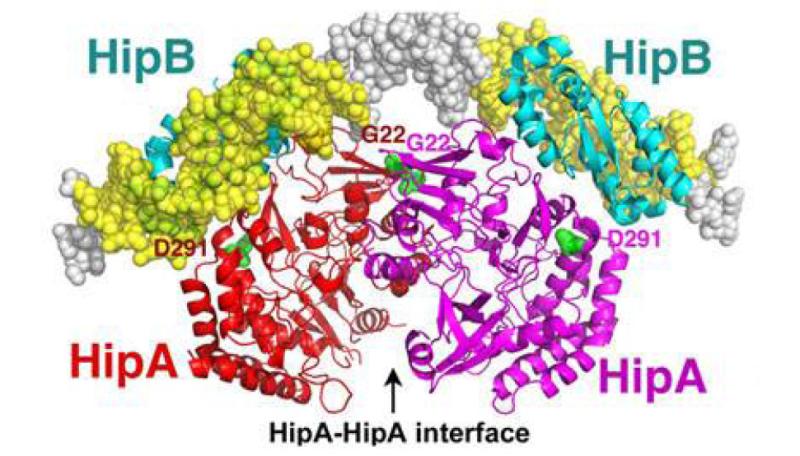
DURHAM, NC - While the best antibiotics can wipe out most of the bacteria that cause notoriously difficult urinary tract infections, a few “sleeper cells” often remain. These “persisters,” as they are called, survive by going dormant, essentially sleeping through the attack that kills off their more active brethren.
A new study has shown that a protein called HipA acts as a kind of molecular Sandman, putting bacterial cells to sleep so they can live another day. The Duke researchers behind the finding say understanding HipA may give them a way to combat drug-tolerant infections.
Work carried out by the laboratories of Professors Maria A. Schumacher and Richard G. Brennan in collaboration with Professor Kim Lewis of Northeastern University has been published in the 29 July 2015 on-line edition of Nature describing the structural basis or recurring urinary tract infections and the molecular basis of heritable bacterial multidrug tolerance. Read more